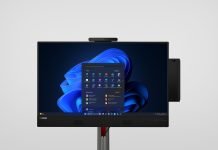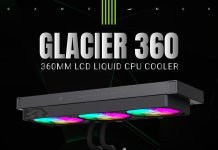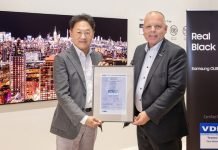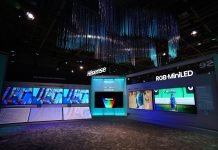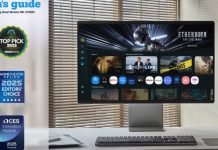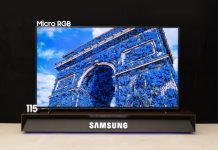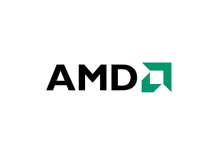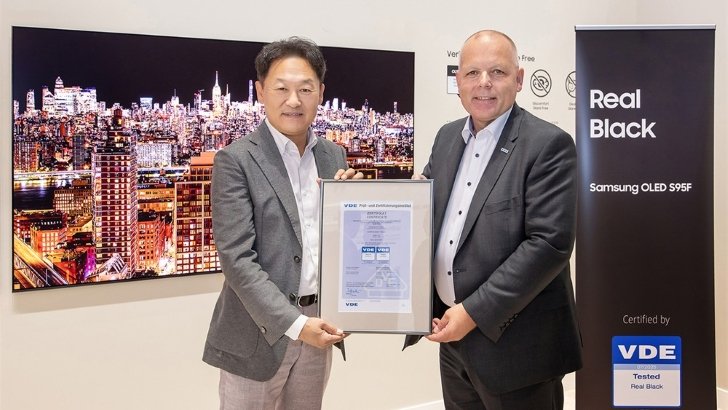A Q+A with Yohan Zondak, Head of Visual Display, Samsung Southeast Asia and Oceania
How small is a nanometer? If you can fathom just how small a nanometer is, then you might come close to being able to visualize just how Samsung engineers managed to pioneer a revolution in displays through cadmium-free quantum dot technology. Quantum dots are semiconductor particles that have transformed how we experience color and light on our TV screens.
In this conversation with Yohan Zondak, Head of Visual Display, Samsung Southeast Asia and Oceania, we take a closer look at the scientific breakthroughs, the challenges, as well as the future of this groundbreaking technology that has redefined what is possible for home entertainment.
Q: Tell us more about Samsung’s journey to cadmium-free quantum dot technology.
A: Quantum dot technology made waves in the beginning, thanks to the technology enabling superior color reproduction and contrast. However, the technology at the time required the use of cadmium composites. This was a grave issue as cadmium is one of ten substances that are strictly regulated under the Restriction of Hazardous Substances (RoHS) Directive, which intends to limit the amount of hazardous chemicals in electronics. Simply put, cadmium is a toxic material that is harmful to both human health and the environment.
We then asked ourselves this question: How might we achieve the exceptional color performance that quantum dots can bring, but without using cadmium altogether?
This took some effort, but in 2014, we successfully patented the world’s first cadmium-free quantum dot material using indium phosphide as a viable alternative in quantum dot displays that could deliver comparable performance as compared to cadmium composites.
This breakthrough did take a significant amount of effort to realize, as indium phosphide composites is chemically less stable than cadmium composites. This required the innovation of specialized polymer materials for the quantum dot film, as well as new stabilization techniques to ensure that these cadmium-free quantum dots could withstand sufficient temperatures and light exposure without degradation.
Most significant was the overall environmental impact of this discovery. By removing cadmium from the picture for our QLED TVs, we managed to eliminate the potential use of a toxic substance from millions of homes, while still delivering the vivid colors and brightness consumers expect.
Q: What should consumers look for in genuine quantum dot technology?
A: In Samsung’s QLED TVs, quantum dots function as the core material that converts or emits light. This makes the quantum dots a necessary part of how the display works. However, as Samsung’s QLED technology has gained recognition for its superior picture quality, we’ve also observed the term “QLED” adopted as a marketing label across the industry and hope to help consumers gain a better understanding of what a genuine QLED TV should deliver.
There are three things that consumers should look out for in authentic quantum dot displays.
First is the total amount of quantum dot content—Samsung’s QLED TVs contain a large amount of actual quantum dot material, well above the minimum threshold to bring about meaningful color enhancement qualities in red and green.
Second is the presence of specialized quantum dot optical components, which separates the color-determining part from the LED backlight. This is what allows us to achieve both color accuracy and brightness levels of up to 2,000 nits in our displays. The quality of this quantum dot film also plays a key role in enabling rich color expressions as well as impacting both the performance and lifespan of the quantum dot TV.
Third, is the absence of cadmium. Samsung has invested significantly in developing safer quantum dot TVs without compromising visual performance. To date, we have secured around 150 patents for our cadmium-free quantum dot technology.
Q: What is Samsung’s approach to consumer trust and authenticity in its QLED offerings?
A: Maintaining consumer trust begins with transparency. We have clearly defined what makes a genuine quantum dot display. In this case, a quantum dot display is one that uses quantum dots for photoconversion or photoemission as its core display technology. We want our customers to understand what they are buying.
To ensure authenticity, we look to rigorous third-party validation. For example, our cadmium-free quantum dot technology is certified by SGS, a global leader in testing and certification. We also adhere to Common Criteria certification that assesses the security integrity of IT products; our Knox security platform is integrated into our 2024 TV lineup, has received this certification for ten consecutive years.
In addition, when the Nature Nanotechnology scientific journal surveyed world-renowned experts about what they would consider a proper product based on nanotechnology back in 2019, the consensus pointed to quantum dot-enhanced displays. In summary, the same QLED TVs that Samsung have made.
We believe consumers deserve both exceptional performance and peace of mind. That is why we have invested in developing not just better displays, but safer ones too. By eliminating harmful substances like cadmium, as well as integrating advanced security through Samsung Knox, we demonstrate that premium performance does not have to come with compromises.
Q: How is Samsung’s QLED technology evolving to meet new demands in home entertainment?
A: The ongoing evolution of quantum dot technology for entertainment is due to its core strengths of precise color reproduction, high brightness, and remarkable energy efficiency. These factors are increasingly important as the content that we consume becomes more sophisticated.
One of the development pathways that we are looking at involves electroluminescent quantum dots, where the quantum dots themselves convert electrical energy directly into light, which has the potential to bring display technology to the nano-level.
Today, we are already integrating AI capabilities with our display technology to enhance the viewing experience. Samsung Vision AI enables your Samsung TV to deliver exceptional enhancements in picture and sound quality, for example. On-device AI picture and sound technologies analyze content and environmental factors in real-time, dynamically adjusting visuals and audio for an optimized experience.
At the end of the day, our goal is to make viewers feel like they are immersed in the content, rather than consuming it through a medium. With each evolution of our quantum dot technology and other displays, we get closer to this vision becoming reality.
This approach has been instrumental in enabling us to lead the global TV market for 19 consecutive years since 2006, with our QLED TVs commanding half of the market share in their category.









